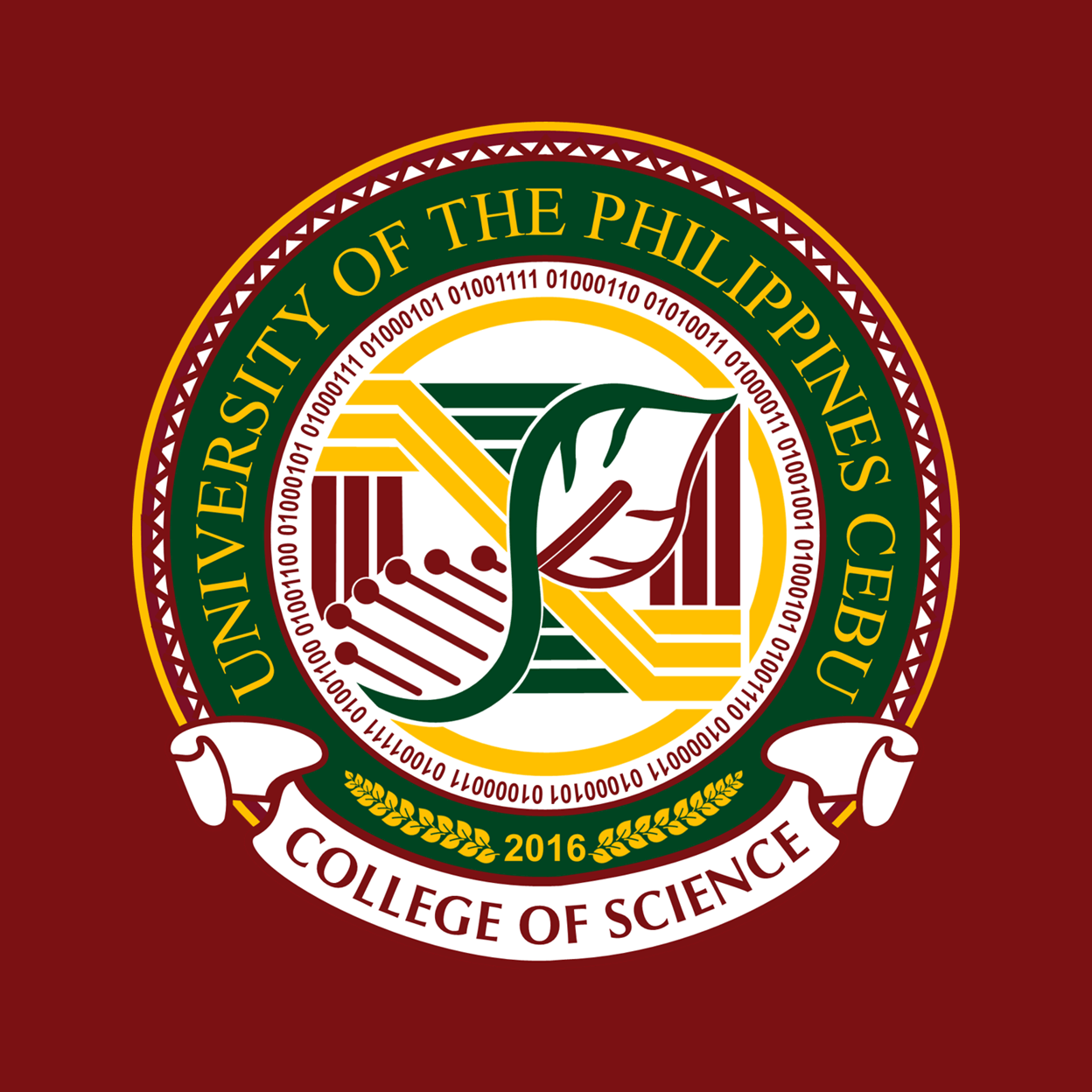Two new siderophores belonging to the hydroxamate class, Legonoxamine A (1) and B (2) have been isolated from the soil bacterium, Streptomyces sp. MA37, together with one known compound, desferrioxamine B (3). Their structures were elucidated based on spectroscopic methods including 1D, 2D NMR, MS, as well as by comparison with the relevant literatures. To our knowledge, this is the first report describing a siderophore containing the N-hydroxyl phenylacetyl cadaverine (HPAC) moiety in the structure. Based on bioinformatics analysis and previous knowledge of the biosynthesis of the hydroxamate-type siderophore, the biosynthetic gene cluster (lgo) responsible for the production of 1–3 was identified in the annotated genome of the producing strain. The supplementation of phenylacetate and benzoate analogues with meta substitution into the cultures of Streptomyces sp. MA37 resulted in the production of new legonoxamine A derivatives as observed in LC-HR-ESIMS, suggesting that the legonoxamine biosynthetic pathway has a good degree of natural flexibility of accepting unnatural precursors with different functional groups.
Tetrahedron Letters Volume 60, Issue 1, 3 January 2019, Pages 75-79

Recent Comments